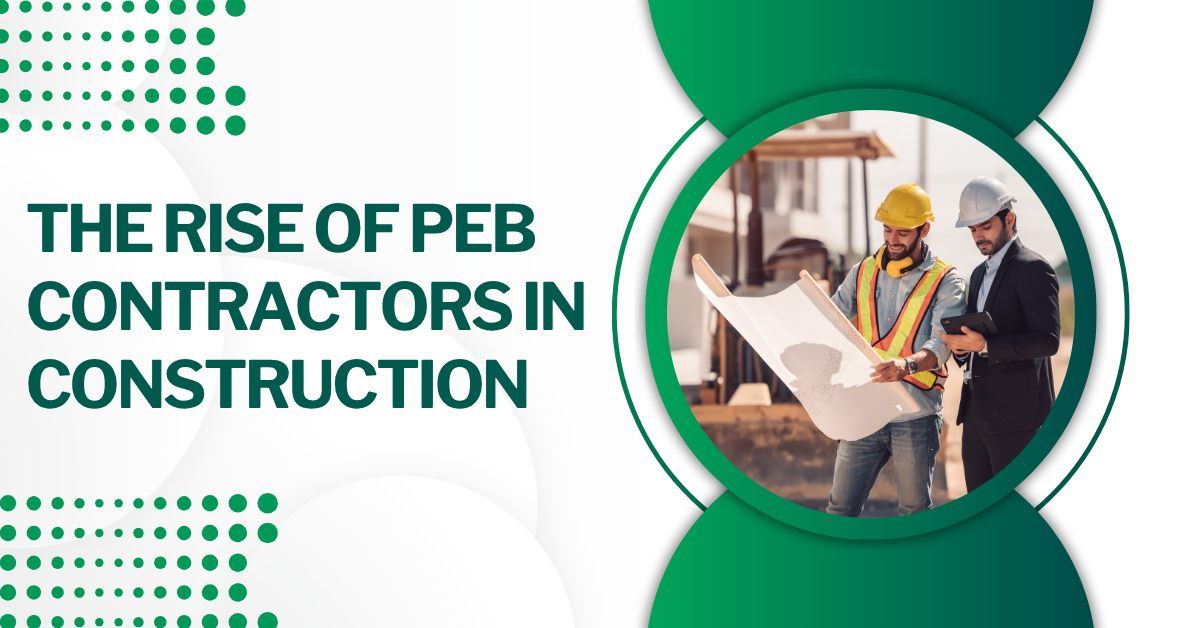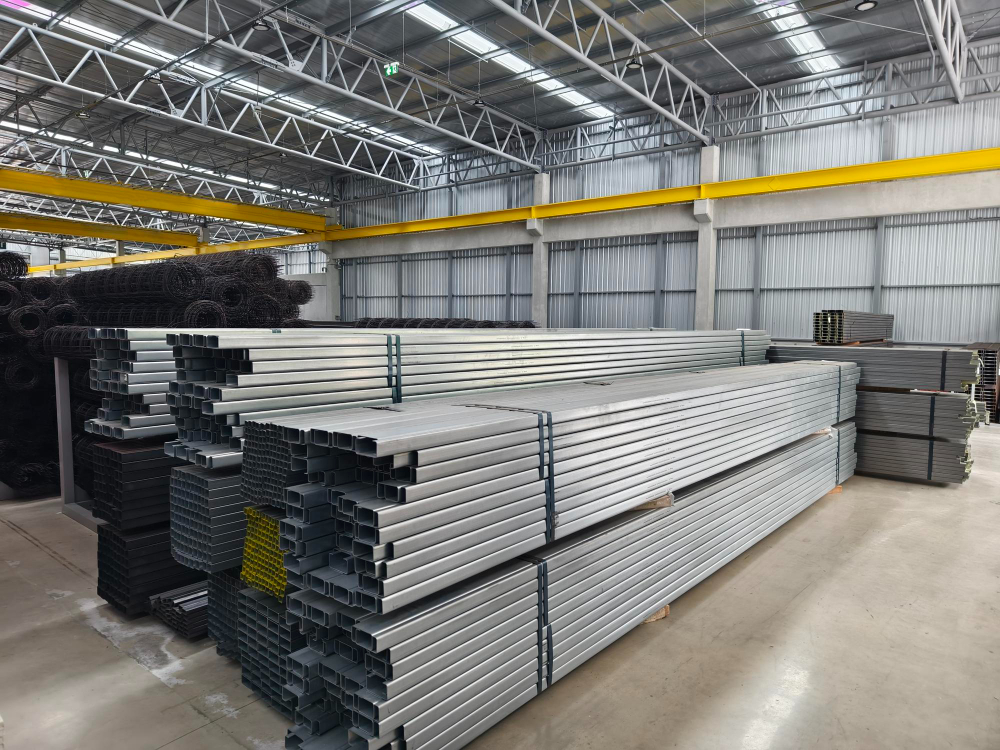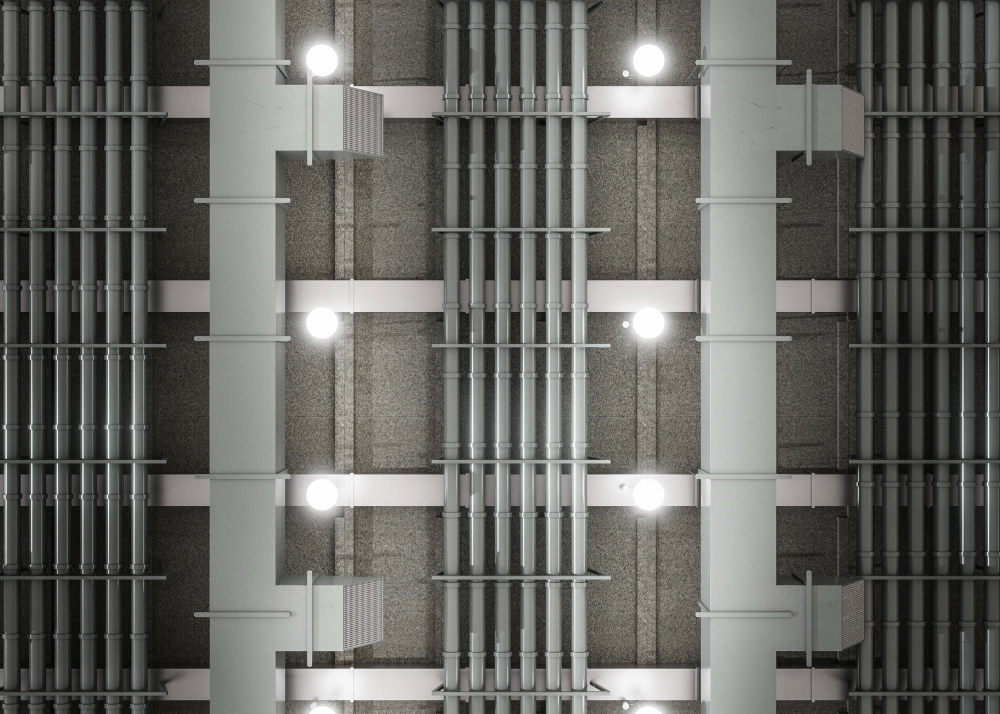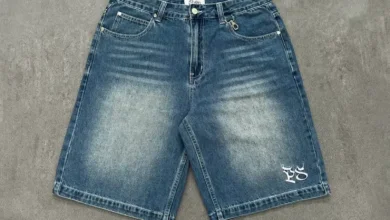Sheet Piles in the Philippines: Common Uses and Advantages
The Philippines faces significant challenges in developing and safeguarding its infrastructure due to its archipelagic nature, susceptibility to frequent flooding and typhoons, and rapid urbanization. To address these issues, construction professionals have increasingly adopted sheet piles in the Philippines as a dependable solution for various engineering requirements. These structures are now commonly seen in urban areas, along rivers, and on coastlines nationwide. This article will define what sheet piles are in the Philippine context, discuss their applications, and explain why they are a strategic choice for construction projects.
What Are Sheet Piles?
In order to create continuous, waterproof walls, sheet piles—which are usually long, interlocking sections made of steel—are driven into the ground. These walls effectively confine soil or water and can be either temporary or permanent. In the Philippines, steel sheet piles are especially popular because of their strength, portability, ability to withstand corrosion, and simplicity of installation—even in difficult ground conditions.
Why Are Sheet Piles Important in the Philippines?
Deep excavations are also required for new construction due to the country’s frequent flooding and susceptibility to natural disasters like typhoons and heavy rains. In response, sheet piles provide a workable solution by erecting sturdy, waterproof barriers that are necessary for protecting riverbanks, subterranean construction, and waterfront developments—particularly in situations where groundwater control is vital.
Common Uses of Sheet Piles in the Philippines
Flood Protection and Water Management
Flooding is a major concern in the Philippines. Sheet piles are often used to build flood barriers and reinforce riverbanks. Their watertight interlocks help keep water out and protect communities from the effects of heavy rain and rising rivers. For example, MHZ sheet piles have been used in flood control projects and to stabilize riverbanks, preventing erosion and helping to safeguard homes and farmland.
Marine and Waterfront Structures
Given the country’s archipelagic nature, robust marine infrastructure is vital. Sheet piles are extensively used for seawalls, jetties, ferry terminals, ports, and marinas. They effectively retain backfill, support docking areas, and endure harsh saltwater and wave conditions. Their corrosion resistance makes them a durable choice for demanding marine environments, ensuring long-lasting structures.
Retaining Walls and Deep Excavation Support
In cities, space is limited and construction often goes deep underground. Sheet piles are ideal for supporting the sides of deep excavations, such as those needed for basements, underground parking, and utility lines. Their slim profile means they take up little space, and their strength ensures that soil stays in place, reducing the risk of collapse and protecting nearby buildings.
Cofferdams and Temporary Works
Sheet piles are also used to create cofferdams-temporary enclosures that keep water out of a construction site. This is especially important when building bridge piers, dams, or other structures in or near water. Once the work is done, the sheet piles can be removed and reused on another project.
Environmental and Special Applications
Sheet piles are useful in many other situations. They can be used for land reclamation, soil remediation, landfill conversion, and pollution containment. Their ability to form a continuous barrier makes them effective for controlling groundwater and preventing contamination from spreading.
Advantages of Using Sheet Piles
Quick and Easy Installation
Sheet piles can be installed much more quickly than traditional concrete walls. Their interlocking design and light weight make them easy to handle and drive into the ground. Projects can go more quickly as a result of the time savings.
Space Efficiency
Because sheet piles are thin, they are perfect for sites where space is tight. This is a big advantage in crowded urban areas, where every meter counts. Their slim shape also means more room is left for parking, buildings, or other uses.
Minimal Ground Disruption
Installing sheet piles causes less disturbance to the surrounding ground compared to other methods. This is important in cities, where construction must avoid damaging nearby structures or causing ground movement.
Versatility and Strength
Sheet piles are resilient and able to withstand hard conditions and large loads. They are suitable for both temporary and permanent structures, above or below water. They can be used in many different types of projects, from small retaining walls to large marine developments.
Durability and Low Maintenance
Steel sheet piles are made to last. They are treated or coated to resist corrosion, especially in salty or acidic soils. This means they need little maintenance and can stay in place for many years without problems.
Cost-Effectiveness
Sheet piles are often more affordable than other retaining wall options. Their quick installation and minimal site preparation help keep costs down. They can also be removed and reused, which saves money on future projects.
Environmental Benefits
Steel sheet piles are a more environmentally friendly option because they can be recycled and used again. Their long life and low maintenance needs also reduce the environmental impact of construction.
Key Takeaway
Sheet piles in the Philippines have become a key part of construction. Their strength, speed of installation, and ability to control water and soil make them an excellent choice for many projects. Whether protecting against floods, supporting deep excavations, or building marine structures, sheet piles offer reliable performance in the country’s challenging environment. As the Philippines continues to grow and face new infrastructure demands, sheet piles will remain an essential tool for building a safer, more resilient future.








